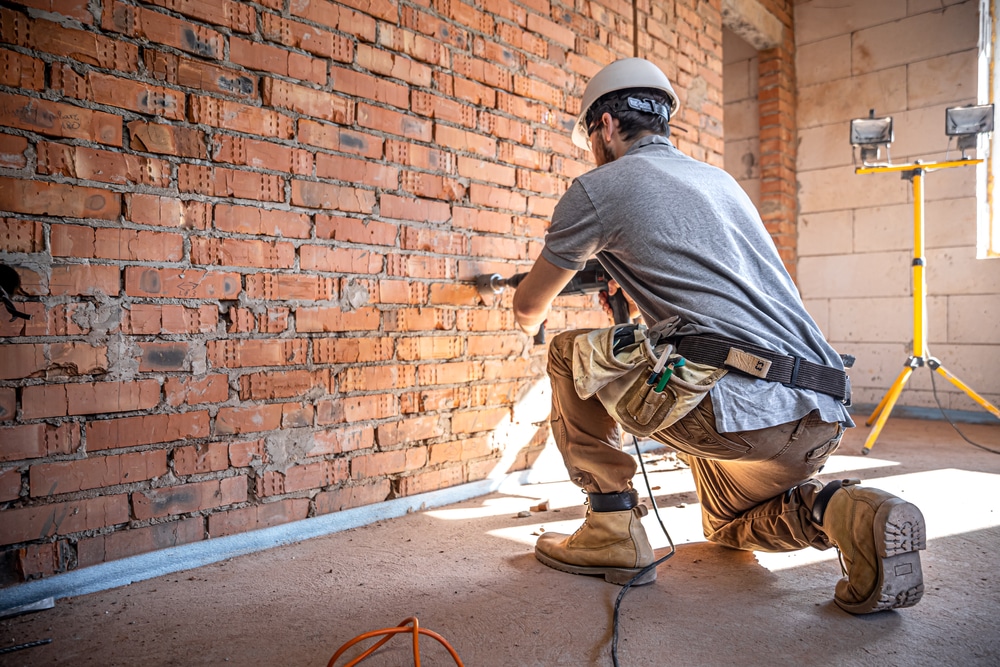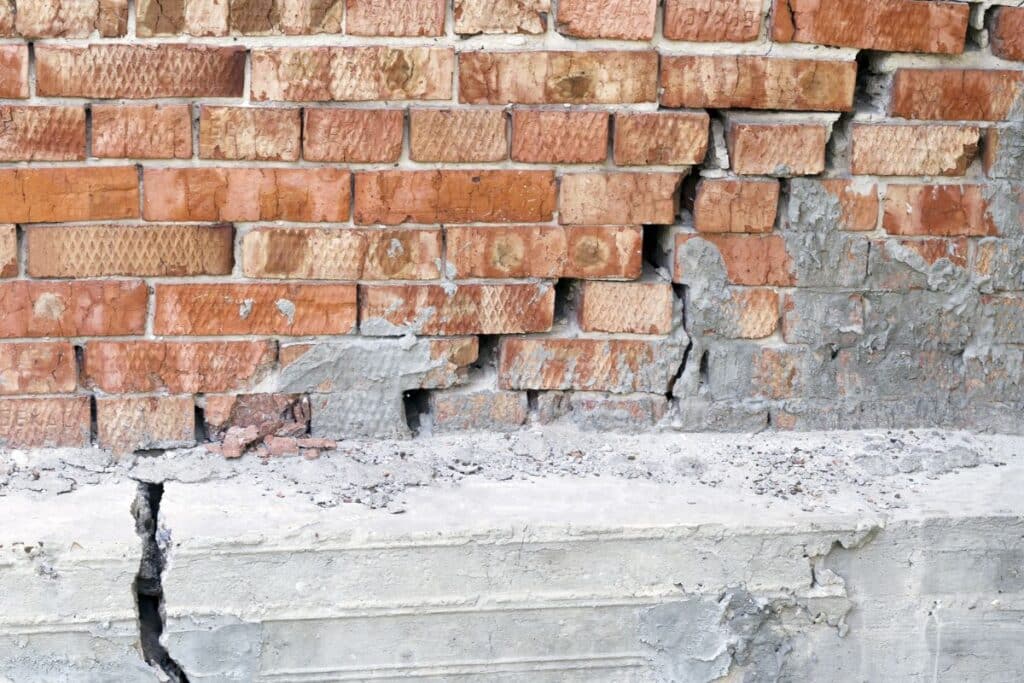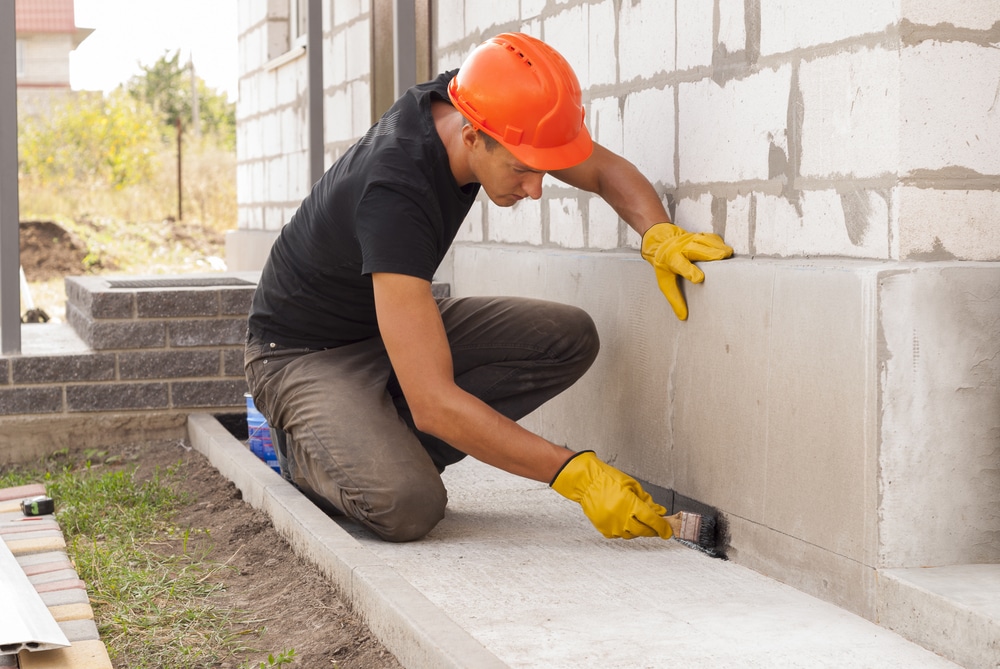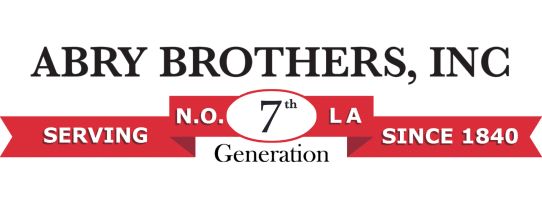January 13, 2025
How to Identify if Your Home is Built on Concrete Slabs or Piers
- Uncategorized
Your home’s foundation is its structural backbone, ensuring stability and protecting against external forces like shifting soil, moisture, and erosion. For homeowners in Louisiana, these environmental challenges are intensified due to the region’s soft clay soils, high humidity, and frequent flooding.
Understanding whether your home is built on a concrete slab foundation or a pier and beam foundation is critical. Each foundation type has unique vulnerabilities and maintenance requirements that affect its long-term performance. Identifying your foundation type early allows you to anticipate potential issues and address them with solutions like foundation repair or house leveling.
Beyond structural concerns, knowing your foundation type also influences home modifications and resale value. For instance, homes with pier and beam foundations may be easier to update or repair utilities because of crawlspace access, while slab foundations may require breaking through concrete to access plumbing or electrical lines.
In this article, we’ll explore the key differences between foundation types, the signs of trouble to watch for, and why inspections are essential for protecting your home. By staying informed, you can maintain your home’s safety and value for years to come.
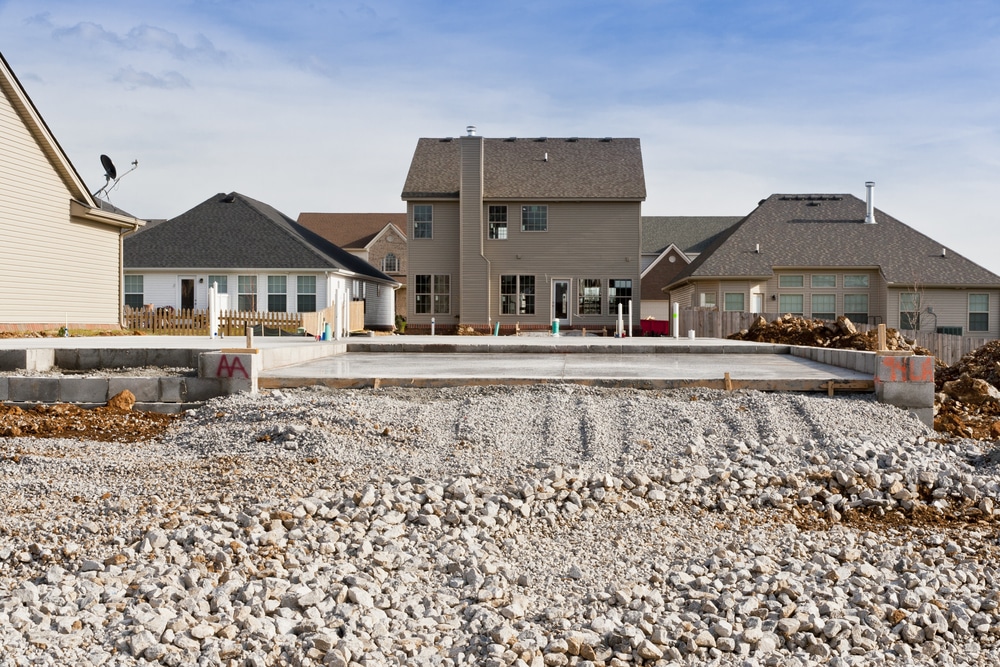
Key Differences Between Concrete Slab and Pier Foundations for Foundation Repair
Your home’s foundation type shapes how it responds to Louisiana’s challenging environmental conditions. Let’s break down the two most common foundation types.
What is a Concrete Slab Foundation?
A concrete slab foundation consists of a solid, flat layer of concrete poured directly onto the ground. Reinforced with steel bars or mesh, it is a popular choice for modern homes due to its affordability and quick installation.
Advantages of Concrete Slab Foundations:
- Cost-Effective: Typically less expensive to build than pier and beam foundations.
- Simple Design: Ideal for modern construction and warmer climates.
- Low Profile: Eliminates the need for crawlspaces, reducing pest access.
However, concrete slabs are not without drawbacks. They are vulnerable to soil shifts and moisture intrusion, both of which are common in Louisiana. Without proper drainage, these factors can lead to cracking, uneven settling, or even structural instability.
What is a Pier and Beam Foundation?
A pier and beam foundation, also known as a crawlspace foundation, uses vertical piers and horizontal beams to elevate the home above the ground. This design is especially common in older homes and in areas prone to flooding.
Advantages of Pier and Beam Foundations:
- Flood Protection: Raised elevation keeps the home safer during heavy rains or floods.
- Easy Access: The crawlspace allows for simpler repairs to plumbing, electrical, and HVAC systems.
- Flexibility: Pier and beam structures are more forgiving of minor soil shifts compared to slabs.
On the downside, pier and beam foundations require regular maintenance. Wooden beams are susceptible to rot, moisture damage, and termite infestations, especially in Louisiana’s humid climate.
Comparison Table: Concrete Slab vs. Pier and Beam Foundations
| Feature | Concrete Slab | Pier and Beam Foundation |
| Elevation | Directly on ground | Raised above ground |
| Access | No crawlspace | Crawlspace for easy access |
| Best Use | Warm, dry climates | Flood-prone or moist areas |
| Common Issues | Cracking, settling | Rot, moisture damage, sagging |
| Repaid Needs | Foundation repair for cracks | Beam replacement, house leveling |
By understanding these differences, you can better prepare for the specific challenges your foundation may face.
Why Knowing Your Foundation Type Matters
Every home’s foundation has unique strengths and vulnerabilities, which makes it important to understand your foundation type. This knowledge empowers you to make informed decisions about maintenance, repairs, and long-term care.
Tailored Maintenance Strategies
Concrete slab foundations often develop cracks or experience settling, requiring specialized repair methods such as crack sealing or soil stabilization. Pier and beam foundations, on the other hand, may need beam reinforcement, moisture barriers, or pest control. By identifying your foundation type, you can focus on its specific needs, saving time and money.
Environmental Challenges in Louisiana
Louisiana’s soft clay soils expand and contract with changes in moisture, exerting pressure on foundations. For slab foundations, this often results in cracks or uneven settling. In pier and beam systems, the combination of high humidity and soil movement can lead to sagging floors or tilting beams.
Recognizing these risks allows homeowners to take preventive measures, such as improving drainage, installing moisture barriers, or scheduling regular inspections.
Protect Your Home’s Value
Ignoring foundation problems can lead to costly repairs and a significant decrease in property value. A professional inspection ensures your home’s foundation remains in top condition, providing peace of mind and protecting your investment.
How Foundation Type Affects Remodeling
If you plan to remodel your home, foundation type plays a critical role. Adding heavy fixtures, such as granite countertops or an extra story, may require reinforcement for both types. Pier and beam homes often offer more flexibility for these changes due to their accessibility, while slab homes may require costly modifications.
Signs of Foundation Issues in Both Types
Foundation problems often start small but can escalate quickly if left unaddressed. Knowing what to look for can save you from expensive repairs and structural damage.
How to Spot Issues in Concrete Slab Foundations
- Cracks in Walls or Floors: Even small cracks can indicate shifting or settling beneath the slab.
- Uneven Floors: Sloped or wavy flooring may signal that the foundation is no longer level.
- Sticking Doors and Windows: If doors and windows are hard to open or close, the foundation may have shifted, warping their frames.
How to Spot Foundation Problems in Pier and Beam Homes
- Sagging or Bouncy Floors: Damaged beams or rotted supports can cause uneven or springy flooring.
- Tilting Beams or Posts: Soil movement or moisture damage can destabilize piers or beams.
- Gaps Between Walls and Floors: Separation often points to uneven settling or structural instability.
Homeowner Tip: Walk around your home’s exterior periodically. Check for signs of settling, such as visible cracks in the foundation or uneven soil around the home’s base.
If you notice these signs, don’t wait. Contact Abry Brothers today for a professional inspection.
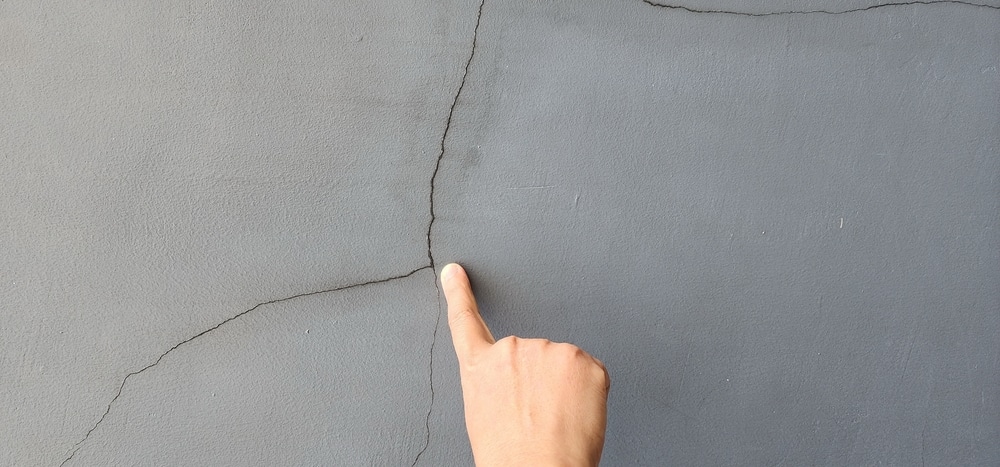
Should You Be Concerned About Your Foundation Type?
While both foundation types have unique vulnerabilities, they are designed to withstand specific environmental conditions. Proactive care can ensure your foundation remains stable and secure.
Proactive Inspections Make the Difference
Most foundation problems, such as cracking or sagging, can be caught early with routine inspections. A professional evaluation identifies hidden issues and provides tailored solutions to prevent further damage.
Foundation Repair Expertise You Can Trust in Louisiana
Abry Brothers has decades of experience addressing foundation challenges unique to Louisiana. From expansive clay soils to frequent flooding, we understand how to protect your home’s foundation and provide long-lasting solutions.
Frequently Asked Questions About Foundations
Protect Your Home with Expert Foundation Care
Your foundation is the cornerstone of your home’s stability, safety, and longevity. Understanding whether you have a concrete slab foundation or a pier and beam foundation is key to preventing costly issues and ensuring proper maintenance.
At Abry Brothers, we specialize in foundation repair and house leveling, providing reliable solutions tailored to Louisiana’s unique challenges. With regular inspections and early action, you can safeguard your home against soil shifts, moisture damage, and structural instability.
Don’t wait for small issues to become major problems – contact Abry Brothers today.
Share this blog:





